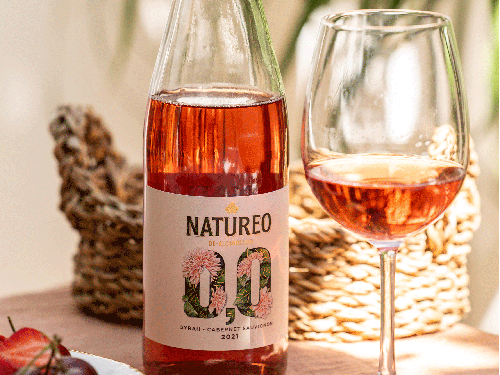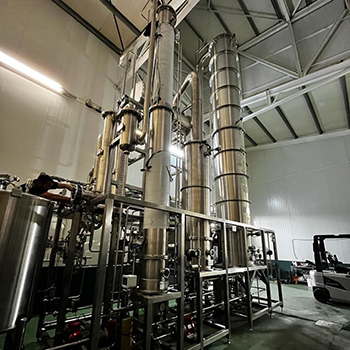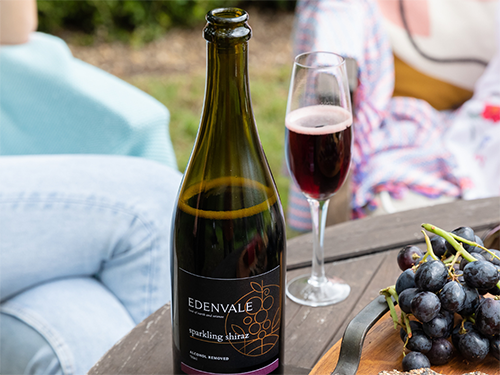A beginner's guide to... Dealcoholisation
3 September 2024
What is dealcoholisation?
Some alcohol-free drinks are created from the ground up without alcohol: booze is never a part of the drink at any stage. But others start off as alcoholic drinks and then have all or most of the alcohol removed. This process is called dealcoholisation.
Which drinks are most likely to have been dealcoholised?
In theory it’s possible to dealcoholise every kind of drink. In reality very few people dealcoholise alcoholic spirits. Many AF beers have been dealcoholised to some extent. The process is harder for wines, which have to lose a higher level of alcohol than beers, which often only need to drop by a few percent to become alcohol-free.
What are the advantages and disadvantages of dealcoholisation?
The process of alcoholic fermentation creates lots of complex flavours. So if you create an alcoholic wine or beer it will benefit from these added layers of complexity - and most of these flavours will remain once you take away the alcohol. The downside is that the process of removing alcohol is expensive, time-consuming and complex. Getting it right is not easy.
 |
| A vacuum distillation column at BevZero in Spain |
What are the main techniques?
There are three ways to dealcoholise a drink. None are especially cheap – the kit is expensive to run and very expensive to buy. All but the most committed producers use specialist dealcoholisation companies to do the work for them.
Reverse Osmosis
This technique involves forcing the alcoholic liquid through a membrane under pressure. Alcohol molecules and some water pass through, larger flavour molecules are left behind. Water is added back into the remaining flavour compound to restore its lost volume. Commonly used for beer, but rarely for wine.
Vacuum Distillation
The oldest technique – first used by Carl Jung in Germany in 1907. Liquid is placed in a distillation vessel at lower pressure. Because pressure is reduced the alcohol boils off at a much lower temperature – typically around 35-40 degrees C – evaporating just before the volatile flavour compounds do. Some modern machines can operate below 30 degrees, making for a lower impact on the wine.
Spinning Cone
This is a widely-used variation of vacuum distillation. A series of upside down cones – like funnels – rotate around a central shaft inside a column that is under vacuum. Wine is pumped in the top and trickles down the sides of the cones in a thin stream. Steam is pumped in the bottom of the column and rises up through the wine, removing flavour compounds, which are safely stored. A second pass removes the alcohol. The flavour elements are then blended back in with the dealcoholised wine.
Is anything else lost along with the alcohol?
Yes. Some flavour, inevitably – particularly for lighter, more volatile elements such as grass or citrus. By contrast, heavier elements like tannin are less affected by dealcoholisation. This can make it hard to attain balance in the finished wine. Alcohol also adds richness and texture on the palate, so dealcoholised drinks can seem ‘thin’.
 |
| Edenvale's Sparkling Shiraz has won Gold at WAFA two years on the trot |
What happens after dealcoholisation?
Sometimes, nothing. Once a drink has been dealcoholised, it’s bottled/canned and released. But wineries, in particular, often add must (unfermented grape juice) to fatten out the palate a bit. Adding flavourings to replace those lost in dealcoholisation is also becoming more common.
Where will the technology go next?
Dealcoholisers are refining their techniques all the time. Machines that operate at a lower temperature, or can remove both alcohol and flavours in one single pass are reckoned to give a better result because they are gentler on the original wine.
Do the raw ingredients matter?
Yes – there’s a growing appreciation of the importance of picking the right fruit profile for wine that is going to be dealcoholised. Equally, some grape varieties respond better to dealcoholisation than others, so we are starting to see successful blends that would be considered unusual in the world of alcoholic wine. There’s a growing awareness, too, that quality matters. As with alcoholic wine, you can’t make a good dealcoholised wine with bad grapes.


